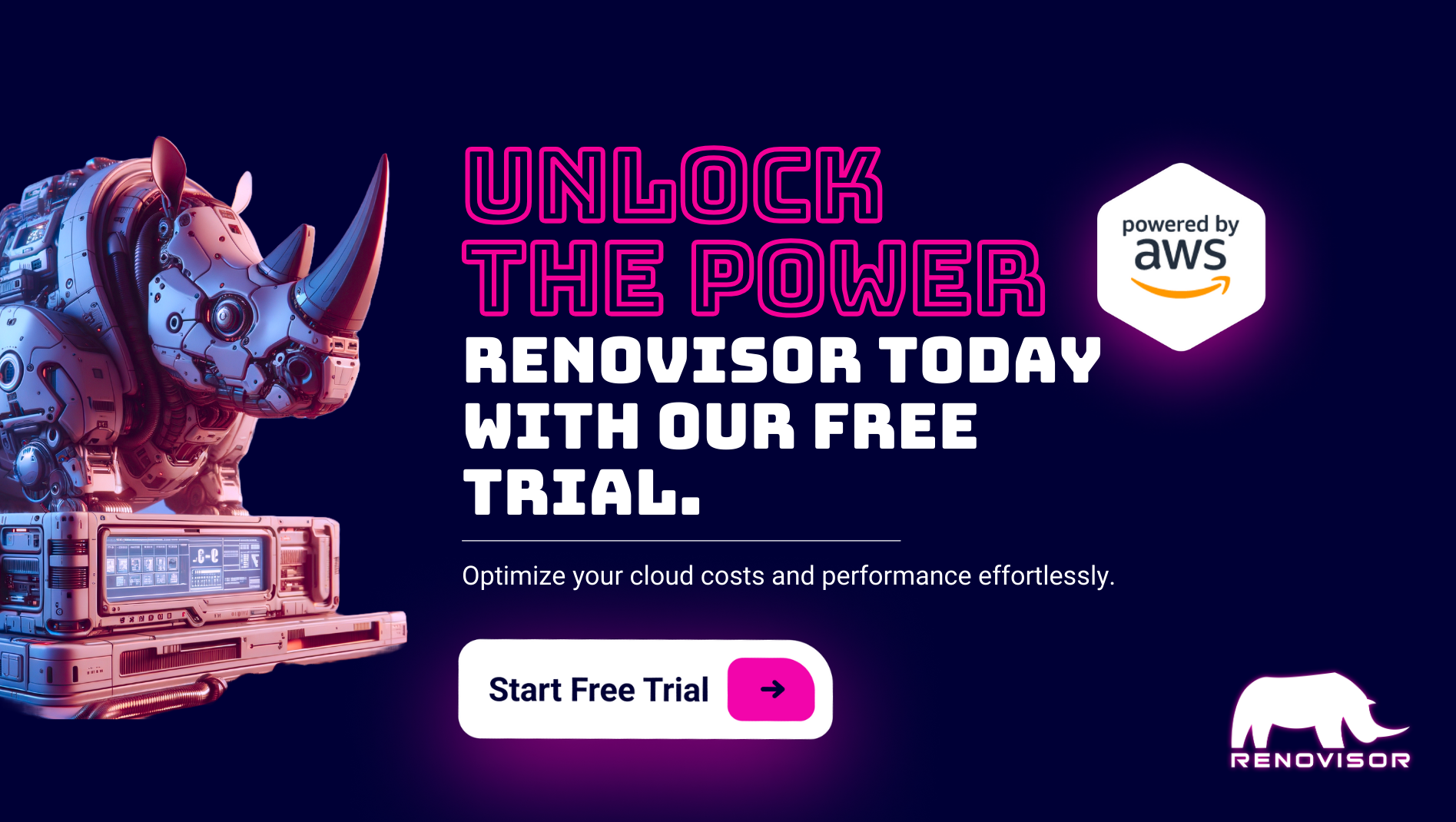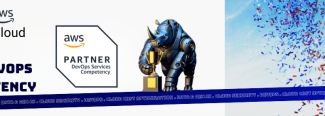


10 Things to Consider While Using Spot Instances
Table of Contents
Ever since Amazon Web Services launched Spot instances in 2009, it has been gaining traction among startups wanting to save money running their workloads in the cloud. In recent years, we are seeing increased adoption among enterprise customers wanting to take advantage of the cost savings offered by Spot instances. While enterprises see Spot instances as an attractive option to save costs, there is a lot of confusion in the industry about Spot instances. Even though Spot instances save considerable money, it also adds complexity and operational overhead. It is important for enterprise IT stakeholders to understand the complexity and use the right automation to maximize ROI.
In this post, we will help enterprise decision makers understand the nuances of using Spot instances by listing out some considerations during their decision making process.
The key considerations for using Spot instances are:
- Cost savings
- Business flexibility and growth
- Cost vs. Performance
- Right-sizing instances for optimal performance
- Developer & DevOps productivity
- Application architectures
- Enterprise grade SLA
- Multi-cloud
- Integration
- Competitive advantage
What is the rationale for using Spot Instances?
Most of the enterprise users consider Spot Instances as a way to save costs. It is true Spot Instances can save upto 80% in costs but it also offers many other benefits which don’t get attention in the tech media. Spot Instances with the right automation adds agility by streamlining DevOps pipeline, empowering business to experiment and innovate, increasing developer productivity and more. Enterprises should consider Spot Instances as part of their strategy to gain competitive advantage in the market.
Cost Savings
The biggest advantage of Spot instances is the cost savings it offers to customers. In certain cases, customers can realize as much as 90% in cost savings. In fact, IDC has recently estimated that enterprises can save up to $4.85 Million over a period of 5 years by using Spot instances.

However, the transient nature of computing in Spot instances constrains its use to limited use cases like batch processing, media rendering, certain event driven workloads, testing, certain stateless workloads, etc.. This lack of visibility into the shelf life of an instance could be disruptive if the applications are not architected for such disruptions or proper automation is in place. Even automation is of limited use without the necessary intelligence on when the instances will be brought down by the cloud provider.
Enterprises on their own, are unable to access this important information for planning their operations strategy.
They need a platform that provides proactive management of Spot instances, based on an aggregation of data and insights on how cloud providers manage their excess compute inventory.
SLA Considerations
Enterprises require higher levels of SLA and it is difficult to manage the SLA levels using Spot instances and basic levels of automation. In order to maintain enterprise grade SLA, telemetry and automated actions using predictive analytics is critical. Also, it is critical to use a combination of Spot, On-Demand and Reserved instances to ensure enterprise-grade SLA.
Business Flexibility and Growth
By taking advantage of spot instances, organizations can empower business teams to experiment without incurring high costs or waiting for approvals. An idea can quickly be brought to life and tested with customers without delay.
With the right automation in place, organizations can empower business to lead the growth without any shadow IT. Spot instances play a critical role in this empowerment as IT need not procure resources in advance hoping that someone in the business team will get a new idea some day.
Application Architecture Considerations
Spot instances are usually suitable for applications that are able to checkpoint and continue after an interruption, stateless applications and few other batch processing jobs. This limits the types of applications that can be used with Spot instances.
However, the limitations of Spot instances can be managed with telemetry-driven automation. It is possible to extend the use of Spot instances for many different application architectures including long running applications with SLA needs. For example, Spot Instances can be used with a good analytics-driven automation to use cases like web services, long running container applications and more.
Managing Cost vs. Availability and Workload Performance
Using Spot instances alone can potentially impact availability and as a result, impact the performance of the workload running on those instances. A better way to manage this requires using Spot instances alongside On-Demand and Reserved instances. However, there is a very high operational overhead and automation cost to manage multiple instance types. You need a platform that automates across multiple instance types and provides a single pane of glass to manage all these instance types.
Right-Sizing of Instances
While relevant for all EC2 pricing models, using the right sized Spot instances for the applications running, is critical to ensure optimum performance with cost optimization. For example, based on the application, it is critical to have the right instance sizes but also manage states, load balancers, etc on the fly.
At enterprise scale, this cannot be managed by automation alone. You need an intelligent platform that can pick the right instance size from Spot, On-Demand and Reserved Instances and help you take care of the necessary infrastructure dependencies. For example, if you are using cloud for media rendering, you would want to render the videos rapidly at a lower cost. Compromising on performance for cost or vice versa is sub optimal. Automation driven by analytics can help organizations find the optimal instance size to deliver speed at a lower cost.
Improved Developer & DevOps Productivity

Developers can seamlessly accelerate innovation by using many more Spot instances at much lower costs. However, without the right automation, the developer productivity suffers a big hit. Similarly, by leveraging spot instances, the DevOps lifecycle can be accelerated by reducing the bottlenecks surrounding the testing and release processes. It is critical that the processes are streamlined using automation to reduce friction and enable a smoother assembly line using Spot Instances. CI/CD is a very good use case for Spot Instances and automation removes the friction as the bits of code traverses the DevOps pipeline. IDC estimates that the productivity increase can offer up to $2.72 Million in cost savings for organizations over a period of 5 years
Using Multi-Cloud
Multi-cloud adoption is dramatically increasing in enterprises. Enterprise CIOs want to empower their developers to use the right service for their application needs without compromising on what is available with a single cloud providers. Multi-cloud meets the needs of modern enterprise.
Moreover, as companies acquire other companies, they have to support multiple cloud providers to meet the needs of the developers in the acquired company. However, it is not easy to manage multiple cloud providers and still ensure the cost savings provided by Spot instances.
Integration Considerations
Enterprises use multiple infrastructure automation tools like Terraform, Chef, Puppet, Ansible, etc.. You need to ensure that any platform used for leveraging the cost savings from Spot instances integrate with these tools so that existing workflows and templates are preserved.
Competitive Advantage
Modern enterprises, operating at the speed of business, have agility and cost savings as the foundational pillars of their transformation. Today enterprises are realizing that cost savings play a critical role in gaining competitive advantage along with ability. It doesn’t make sense for them to push products quickly to the market with very high production costs. They have to compete in the market on price even though agility could deliver the first mover or fast mover advantage. Spot Instances fills this competitive advantage gap and they could deliver innovation with competitive pricing by leveraging Spot Instances with intelligent automation.
In this post, we have highlighted the key considerations for embracing Spot instances for cost savings.
Spotinst Elastigroup fully addresses all of these considerations with its enterprise-ready cloud workload automation platform. Elastigroup is designed to achieve significant cost optimization using Spot instances without compromising on performance, availability and without any additional operational overhead.
We encourage you to try out SpotInst Elastigroup platform for free.
Sources: Spotinst



